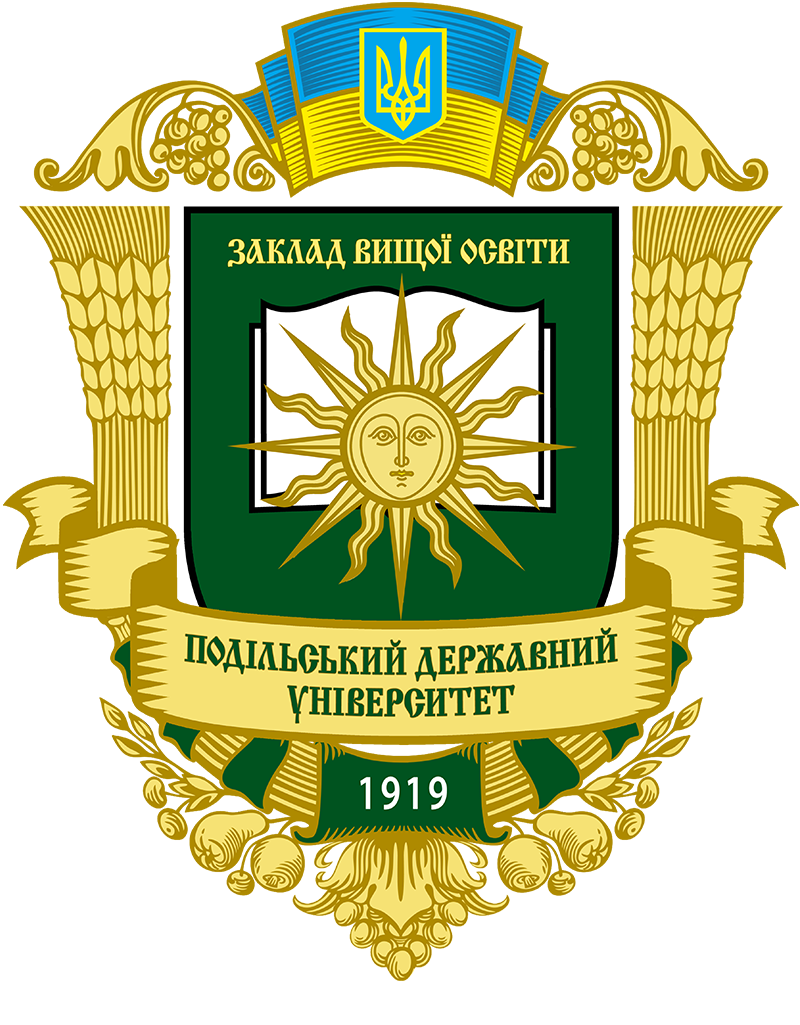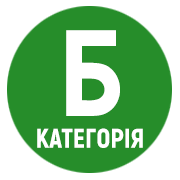THE EFFECT OF THE FALL-WINTER SOWING PERIOD OF MATRICARIA CHAMOMILLA (MATRICARIA CHAMOMILLA L.) ON THE FIELD SIMILARITY OF THE SEED IN THE CONDITIONS OF THE RIGHT-BANK FOREST STEPPE OF UKRAINE
DOI:
https://doi.org/10.37406/2706-9052-2023-3.7Keywords:
medicinal chamomile, variety, sowing time, field germination, vegetation factorsAbstract
For the production of medicinal raw materials with a high yield and quality of medicinal chamomile, the timing of sowing, which largely depends on weather and climatic conditions, agrotechnical methods and culture biology, is important. When sowing at different times, plants fall into different environmental conditions that affect their growth and development. According to the conducted research, this significantly influenced the formation of field similarity of modern tetraploid varieties of medicinal chamomile. It was established that chamomile plants are moderately dependent on soil and climatic conditions, which led to fluctuations in germination, so the question arose in the study of agrotechnical techniques aimed at increasing the energy of seed germination and seedling friendliness. The research was carried out using the Perlyna Lisostepu and Zloty Lan chamomile plant varieties in the conditions of the Right Bank Lisostepa of Ukraine. During the years of experimental research (2018 – 2022) of medicinal chamomile varieties, their environmental stability was studied, medicinal raw materials and prospects for use were evaluated. The second decade of October 2021 was characterized by a lower amount of precipitation of 1.7 mm at a high air temperature of +2.2 °С, compared to previous years of research, the reserves of available moisture were the largest in the second decade of November (November 18) – 62.4 mm, then as in 2022, there were no precipitations in the first and second decades of October-November. 35.2 mm of precipitation, when the least precipitation fell in 2018 – 16.4 mm. Such a difference in weather conditions made it possible to better establish the influence of the studied factor on the formation of the yield of medicinal chamomile under different weather conditions. The following data were used in the work: the field similarity of the Perlyna Lisostepu variety was 63.64% for the control variant and the highest in 2022 – 72.17% of the winter sowing period, and the Zloty Lan variety was from 60.11% to 71.32%. On average, the highest seed germination was in the Perlyna Lisostepu variety during the sub-winter sowing period of the 1st decade of November with a seed sowing rate of 6 kg/ha – 70.65%, which exceeded the control by 4.36%. The Zloty Lan variety had the lowest similarity according to these indicators – 69.99%. This means that the Perlina Lisostepu variety is more stable, and the seeds during germination are aimed at increasing the energy and friendliness of seedlings, which can be compared on average over the years of research.
References
Гродзінський А.М. Лікарські рослини : енциклопедичний довідник. Київ : Український виробничо-комерційний центр «Олімп». 1992. С. 383‒384.
Дисперсійний і кореляційний аналіз у землеробстві та рослинництві : навчальний посібник / Ушкаренко В.О., Нікішенко В.Л., Голобородько С.П., Коковіхін С.В. Херсон : Айлант, 2008. 272 с.
Методика державного сортовипробування сільськогосподарських культур / за ред. В.В. Волкодав ; Державна комісія України із випробування та охорони сортів рослин. Київ, 2000. С. 24–58.
Паньків З.П. Ґрунти України : навчально-методичний посібник. Львів : ЛНУ імені Івана Франка, 2017. С. 22.
Падалко Т.О. Залежність польової схожості та виживання рослин ромашки лікарської від чинників вегетації та агротехнічних прийомів. Агробіологія. 2020. № 1. С. 128–136. Doi: 10.33245/2310-9270-2020-157-1-128-136.
Прогноз погоди за всіма населеними пунктами України (близько 30000) від погодного сайту. URL: https: meteopost.com/ (дата звернення: 2018 –2022 рр.)
Features of growth and development of root seed plants of chicory / Ткач О., Овчарук В. Овчарук Т. Падалко О. S World-Journal. 2023. № 2 (18–02). С. 84–90. URL: https://doi.org/10.30888/2663-5712.2023-18-02-067.










